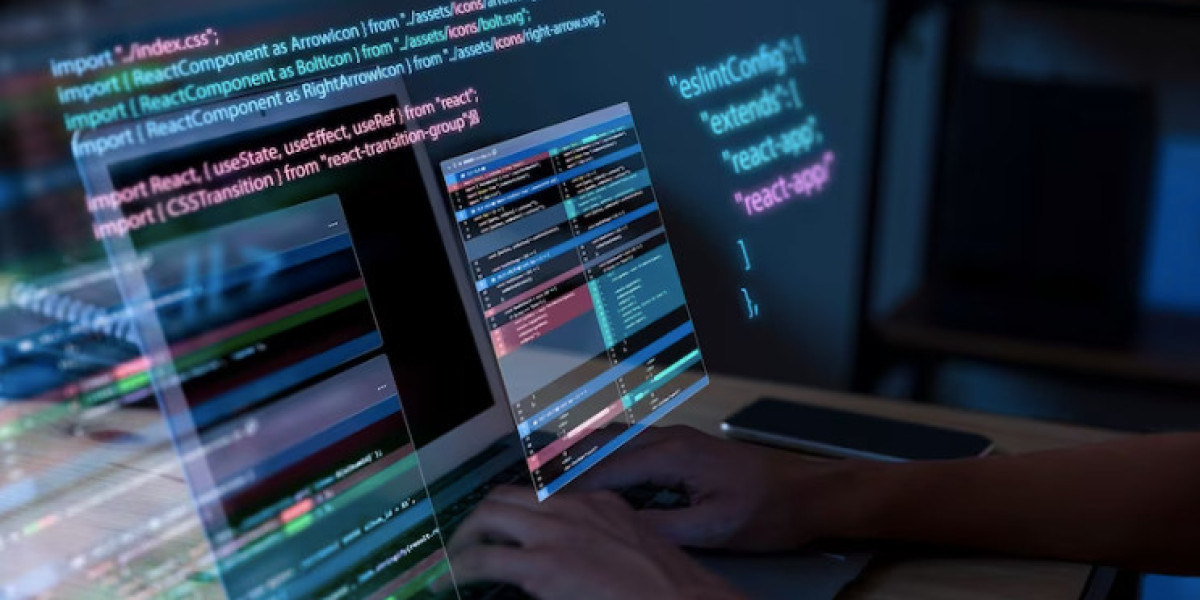In the realm of computer science and algorithmic mastery, certain techniques stand out as revolutionary solutions to complex problems. Strassen's Matrix Multiplication is one such algorithm, a powerful paradigm shift that redefines the way we multiply matrices. Traditional matrix multiplication has its limitations when it comes to larger matrices, but Strassen's algorithm brings an innovative approach that enhances computational efficiency. In this journey, we delve into the intricacies of Strassen's Matrix Multiplication, exploring the theory, methodology, and practical applications of this groundbreaking algorithm. Join us as we unravel the secrets of Strassen's method and master the art of matrix multiplication in a new light.
Strassen's Matrix Multiplication, named after its inventor Volker Strassen, is an algorithm that provides an efficient way to multiply two matrices. Traditional matrix multiplication has a time complexity of O(n^3) for two n x n matrices, making it computationally expensive for large matrices. Strassen's algorithm reduces the time complexity to O(n^log2(7)), which is approximately O(n^2.81).
The key insight behind Strassen's algorithm is to break down the matrix multiplication into a series of recursive subproblems and combine the results to obtain the final product. Here's how Strassen's algorithm works:
Matrix Splitting: Given two matrices, A and B, each of size n x n, the algorithm divides each matrix into four equal-sized submatrices of size n/2 x n/2. These submatrices are often denoted as A11, A12, A21, A22, B11, B12, B21, and B22.
Recursive Multiplication: Strassen's algorithm recursively multiplies these submatrices using seven multiplications, known as Strassen's formula:
P1 = A11 * (B12 - B22) P2 = (A11 + A12) * B22 P3 = (A21 + A22) * B11 P4 = A22 * (B21 - B11) P5 = (A11 + A22) * (B11 + B22) P6 = (A12 - A22) * (B21 + B22) P7 = (A11 - A21) * (B11 + B12)
Matrix Combinations: Once these seven products (P1 to P7) are calculated, the final result, denoted as C, is computed by combining these intermediate matrices:
makefileCopy code
C11 = P5 + P4 - P2 + P6 C12 = P1 + P2 C21 = P3 + P4 C22 = P5 + P1 - P3 - P7
Base Case: When the matrix size becomes small enough (usually when n is a small constant), traditional matrix multiplication is used instead of Strassen's algorithm.
Strassen's Matrix Multiplication offers a significant reduction in the number of required multiplications compared to traditional matrix multiplication. However, it introduces more additions and subtractions, which have a lower time complexity. As a result, for very large matrices, Strassen's algorithm can be more efficient.
It's worth noting that while Strassen's algorithm is elegant and theoretically faster, it's not always the most practical choice due to the added overhead of recursive calls and the constant factors involved in practice. For relatively small matrices, traditional matrix multiplication may be faster. Nevertheless, Strassen's algorithm remains a fundamental algorithm in the realm of divide-and-conquer strategies and has implications in various fields, including numerical analysis, signal processing, and computer graphics.
In conclusion, Strassen's Matrix Multiplication is an algorithm that has left an indelible mark on the world of computer science and mathematics. Its ability to significantly reduce the computational complexity of 01 matrix multiplication has opened doors to more efficient data processing, signal processing, and numerical simulations, among many other applications.
Applications of Strassen's Matrix Multiplication
Strassen's Matrix Multiplication algorithm, with its reduced computational complexity compared to traditional matrix multiplication, finds applications in various domains where efficient matrix operations are essential. Here are some practical applications of Strassen's Matrix Multiplication:
Numerical Simulations:
Strassen's algorithm is employed in scientific simulations that require the multiplication of large matrices, such as finite element analysis, weather modeling, and fluid dynamics simulations.
Image and Signal Processing:
In image processing and computer vision, matrix multiplication is a fundamental operation. Strassen's algorithm is used to accelerate tasks like image filtering, convolution operations, and transformation operations.
Machine Learning and Data Analysis:
Machine learning and data analysis often involve large-scale matrix operations. Strassen's algorithm can be used to speed up matrix operations in machine learning algorithms, including linear regression, principal component analysis (PCA), and neural network training.
Cryptography:
Cryptographic algorithms, such as the RSA algorithm, involve matrix operations, including modular exponentiation. Strassen's algorithm can be used to speed up these calculations in cryptographic applications.
Parallel and Distributed Computing:
Strassen's algorithm is suitable for parallel and distributed computing environments. It can be used to distribute matrix multiplication tasks across multiple processors or machines, improving overall performance.
Graphics and Computer Graphics:
In computer graphics and 3D rendering, matrix operations are used extensively for transformations, rendering, and shading. Strassen's algorithm can enhance the performance of these graphics operations.
Genomic Data Analysis:
Genomic research often requires the analysis of large genomic data sets, including the manipulation of matrices in applications like sequence alignment and phylogenetic tree construction.
Scientific Computing:
In scientific computing and computational mathematics, Strassen's algorithm can speed up calculations involving matrices, such as solving systems of linear equations and performing eigenvalue computations.
Quantum Computing:
Quantum computing algorithms, which operate on quantum states represented as quantum matrices, can benefit from the efficient matrix multiplication offered by Strassen's algorithm.
Sparse Matrices:
Strassen's algorithm can be useful in the multiplication of sparse matrices, where most of the elements are zero. The reduced number of multiplications is particularly advantageous in this context.
Embedded Systems and IoT:
In resource-constrained environments like embedded systems and Internet of Things (IoT) devices, where computational efficiency is crucial, Strassen's algorithm can be used to optimize matrix operations.
While Strassen's Matrix Multiplication is not always the fastest choice for all matrix sizes and application scenarios due to the overhead introduced by the recursive nature of the algorithm, it remains a valuable tool for optimizing matrix operations in various real-world applications where efficiency and computational performance are critical.
As we close the chapter on our exploration of Strassen's algorithm, it is essential to recognize the ever-evolving landscape of algorithms and data science. Mastery of such 01 matrix groundbreaking techniques is not only a testament to the human capacity for innovation but also a testament to the endless possibilities for optimizing the way we handle and manipulate data. In the grand tapestry of computational science, Strassen's Matrix Multiplication serves as a reminder that innovation knows no bounds and that, with the right algorithm, we can continue to push the boundaries of what is achievable in the world of computer science.


